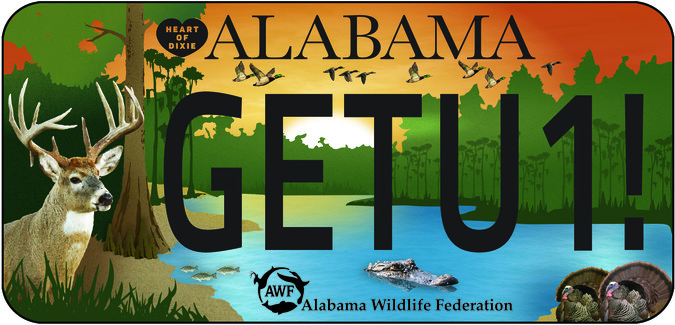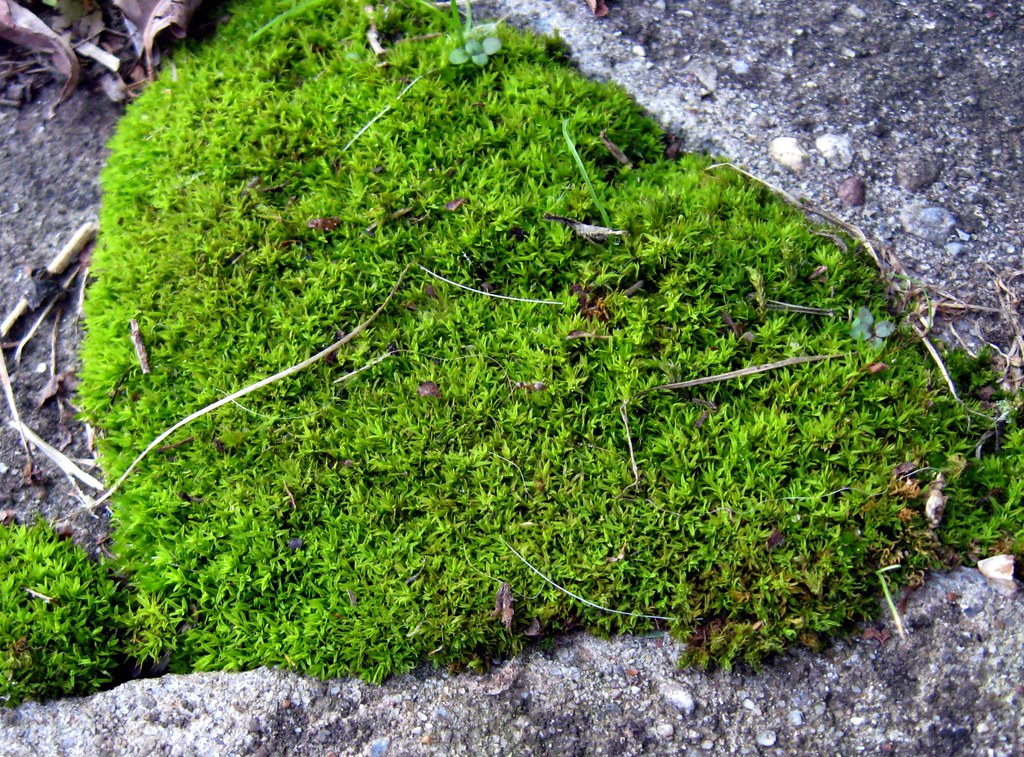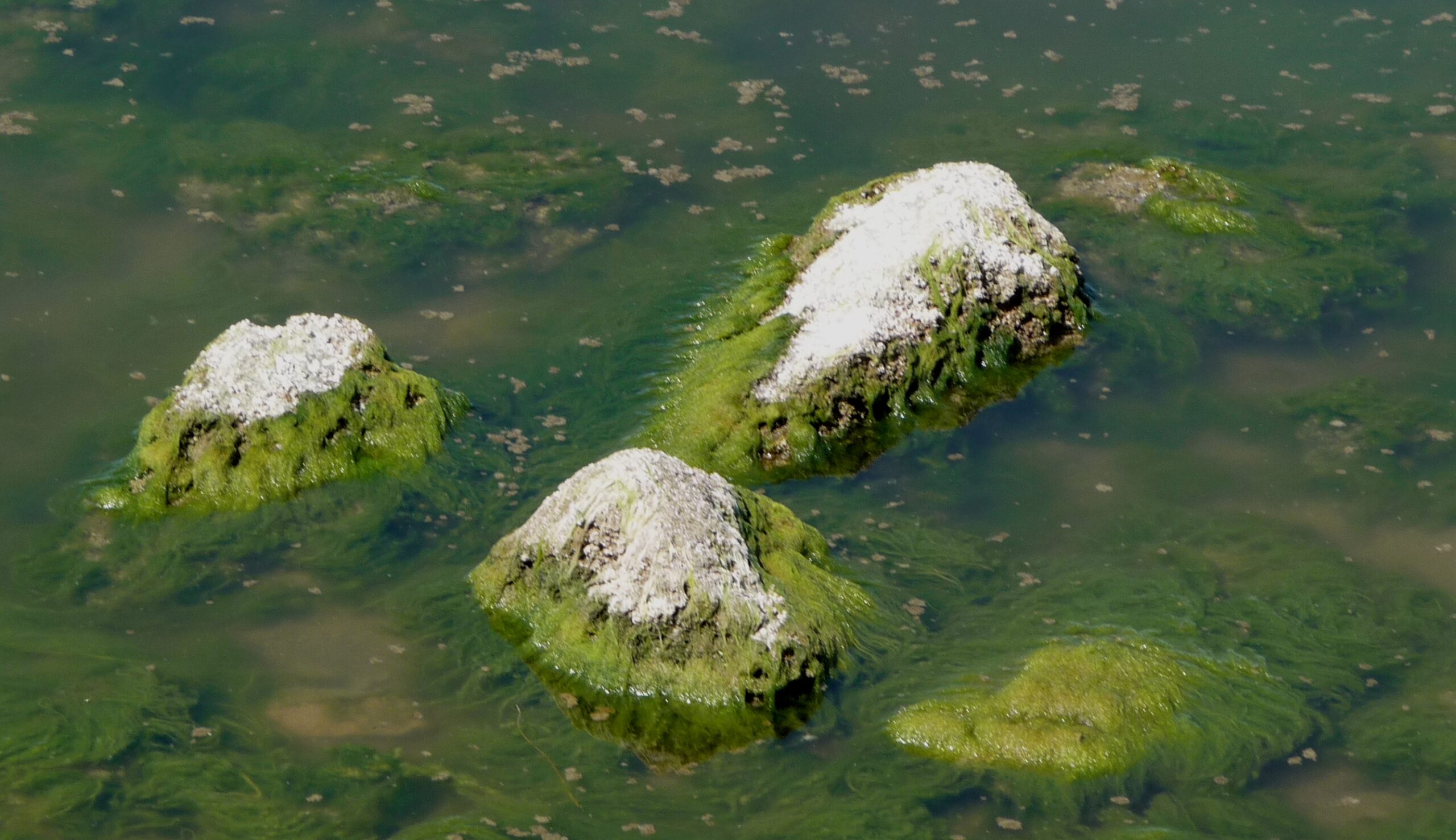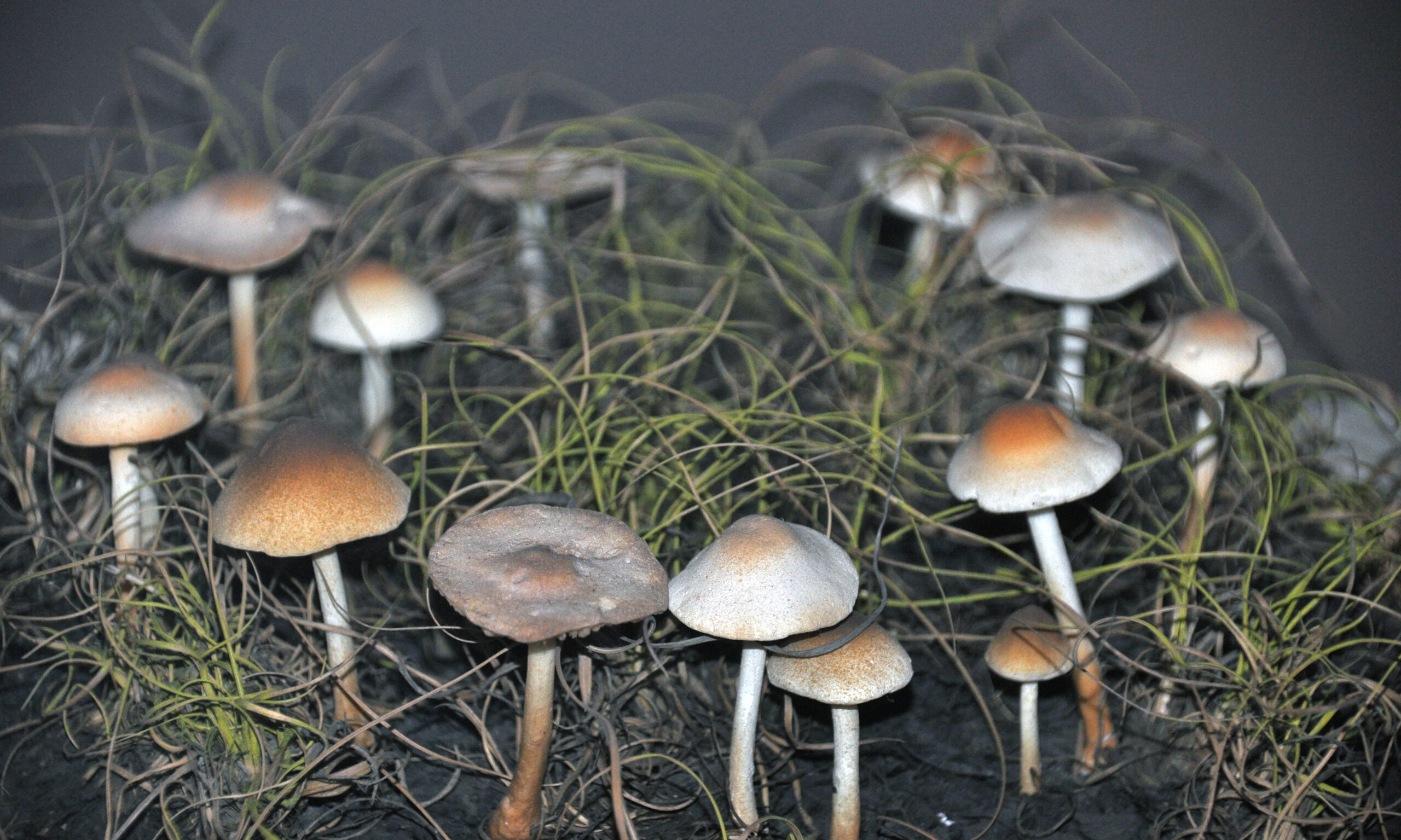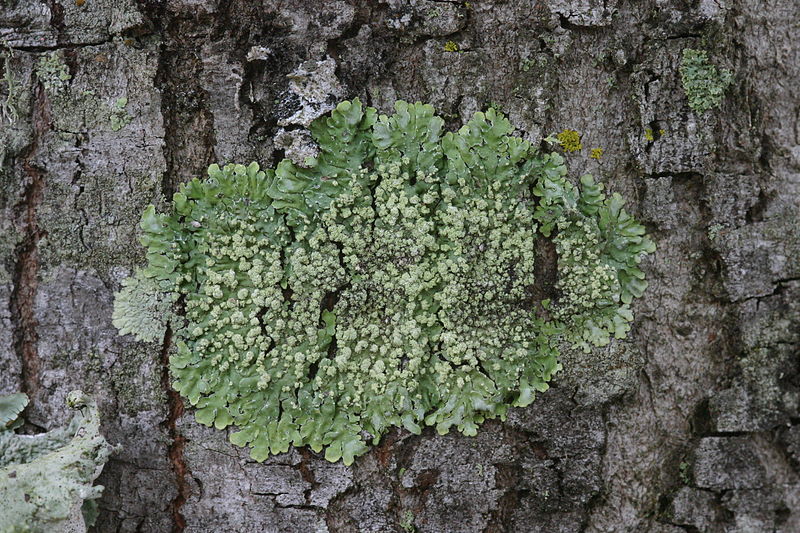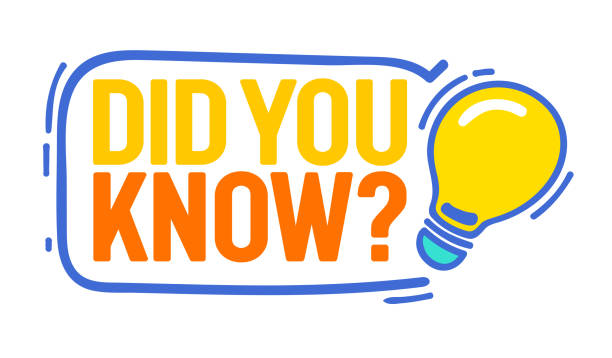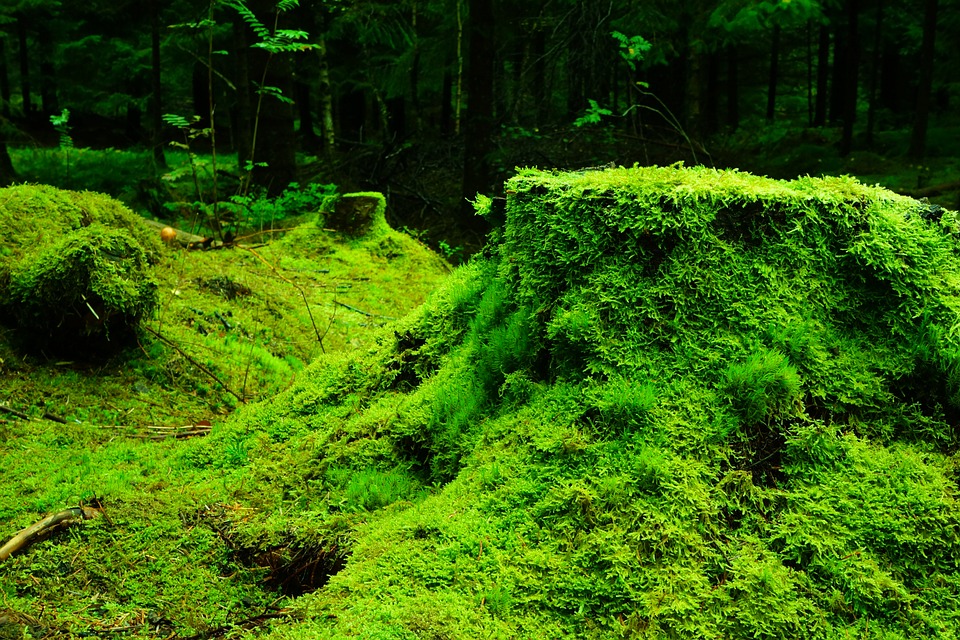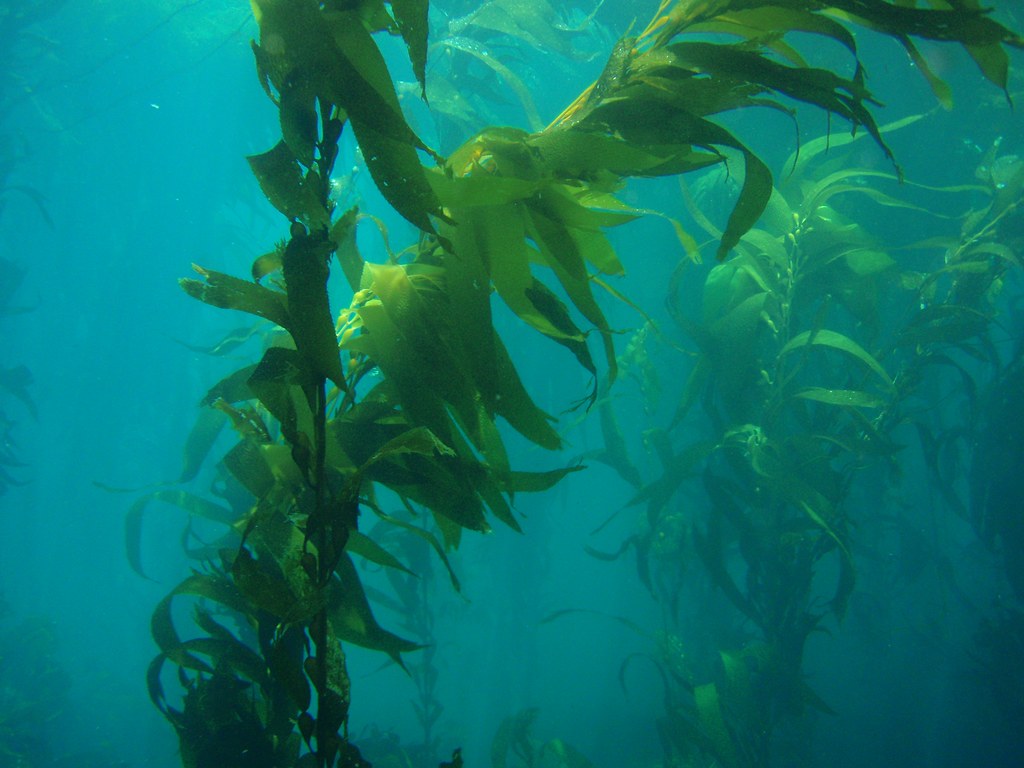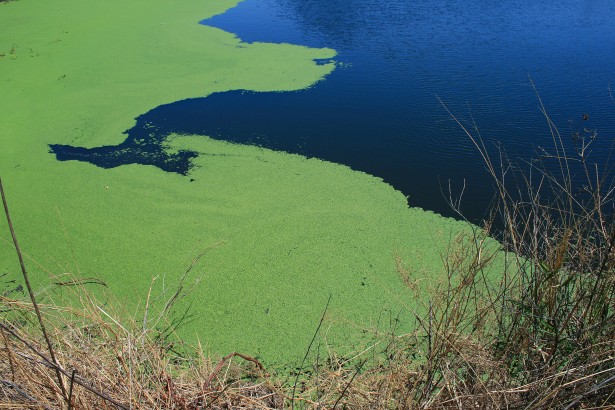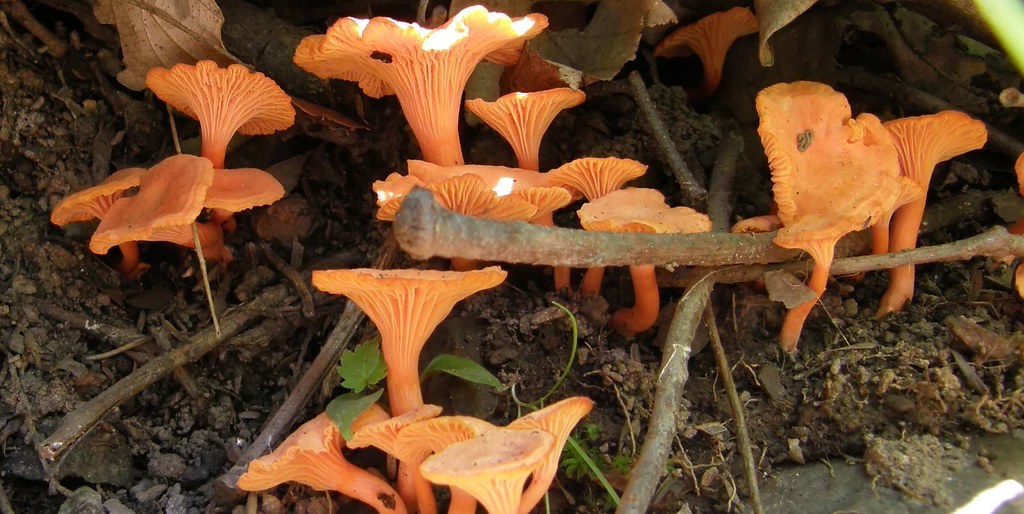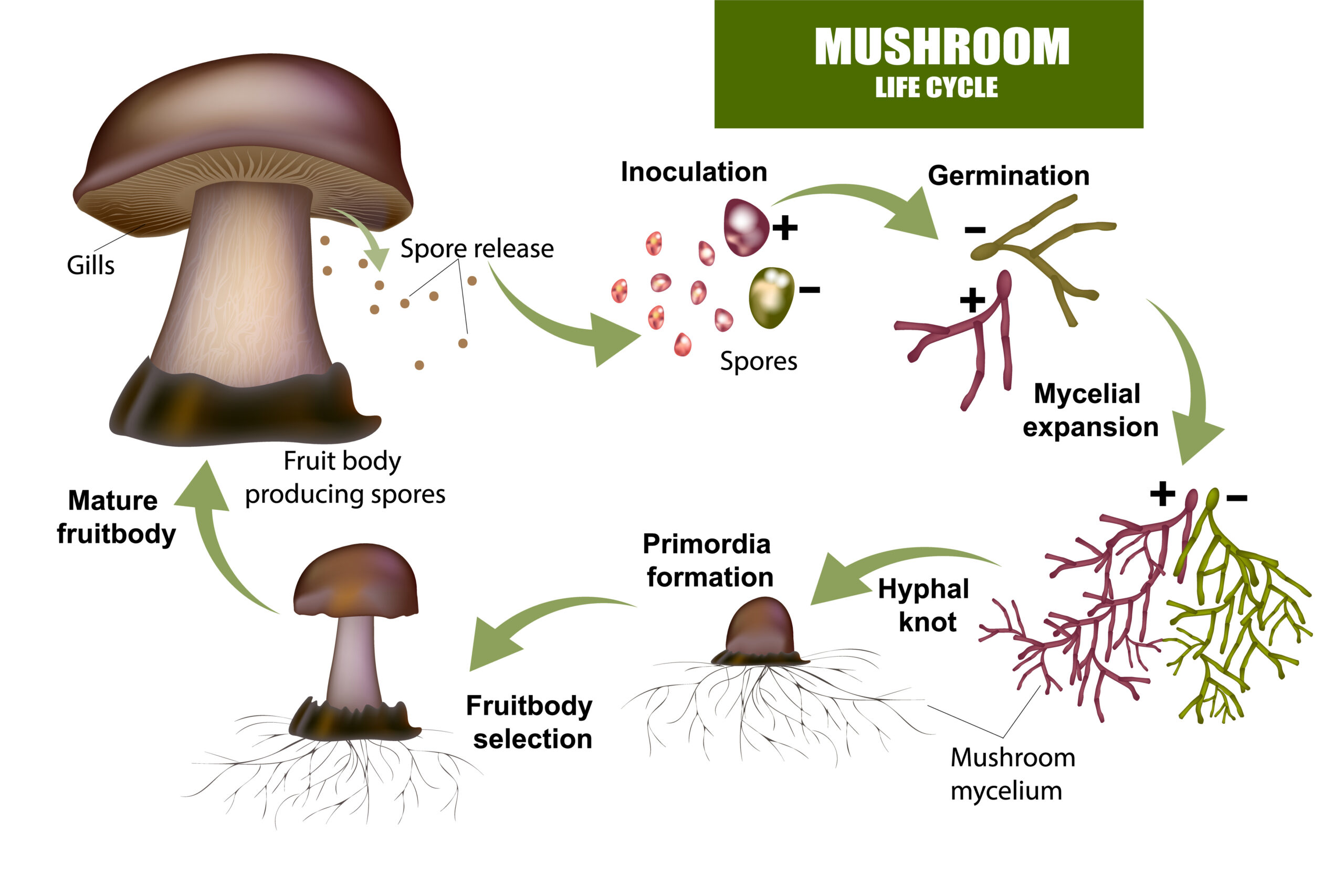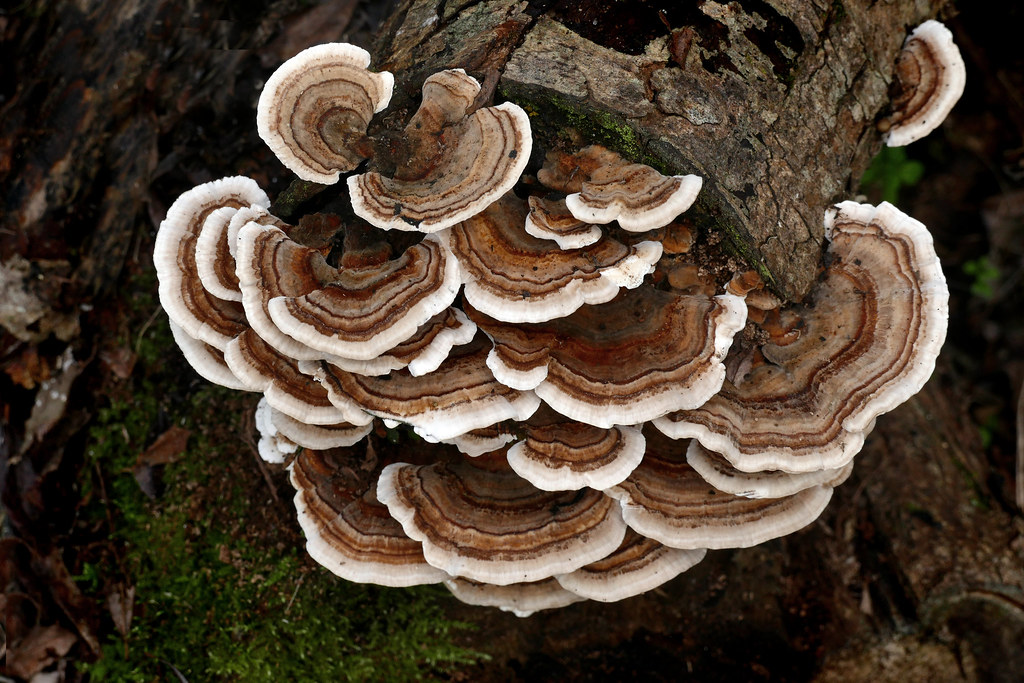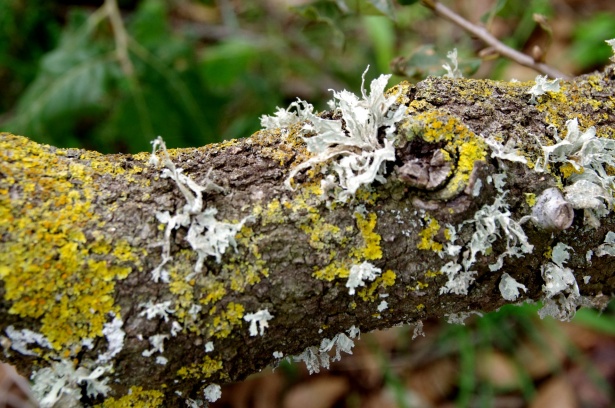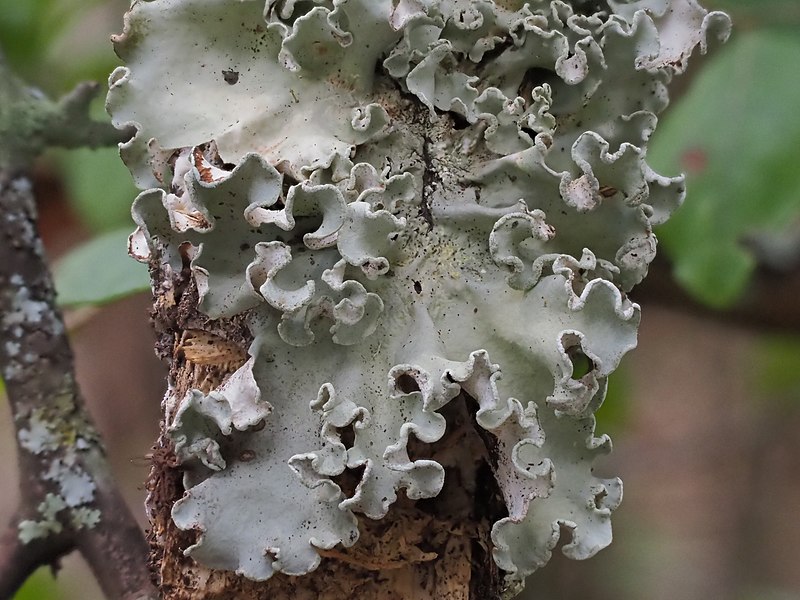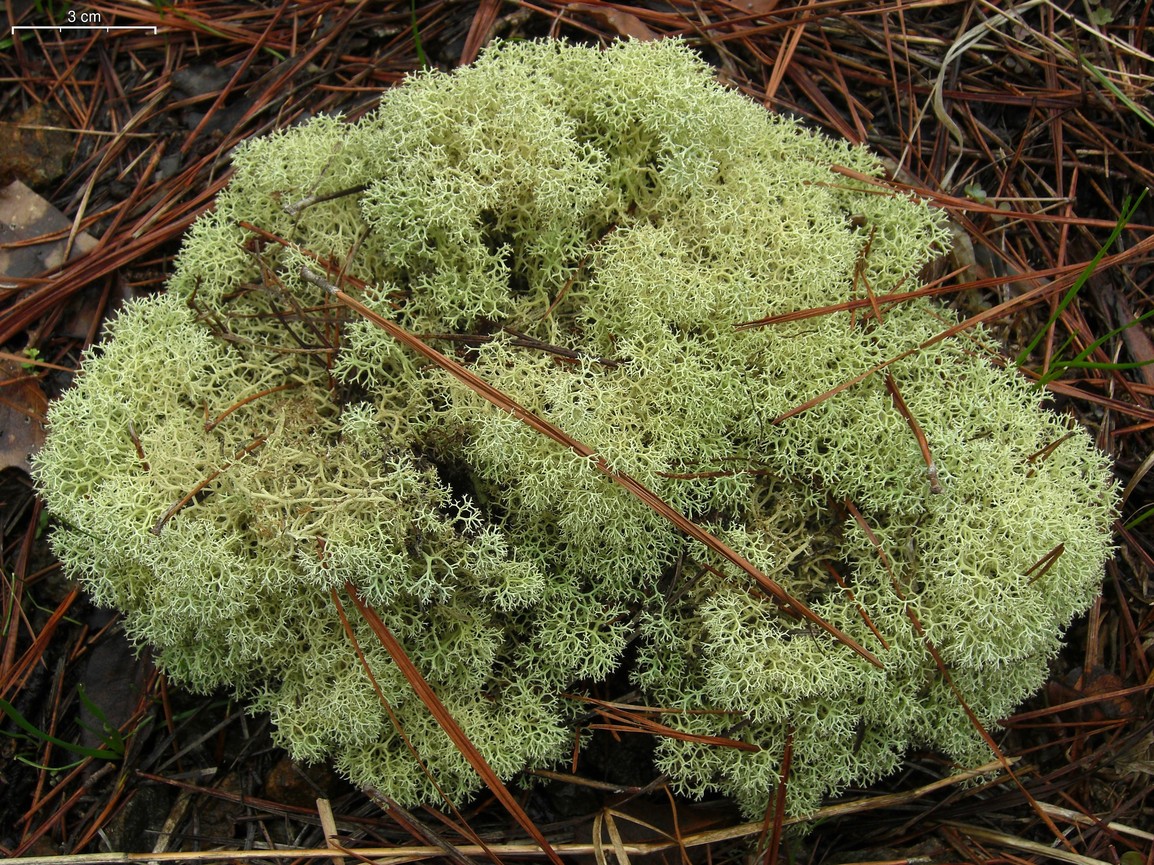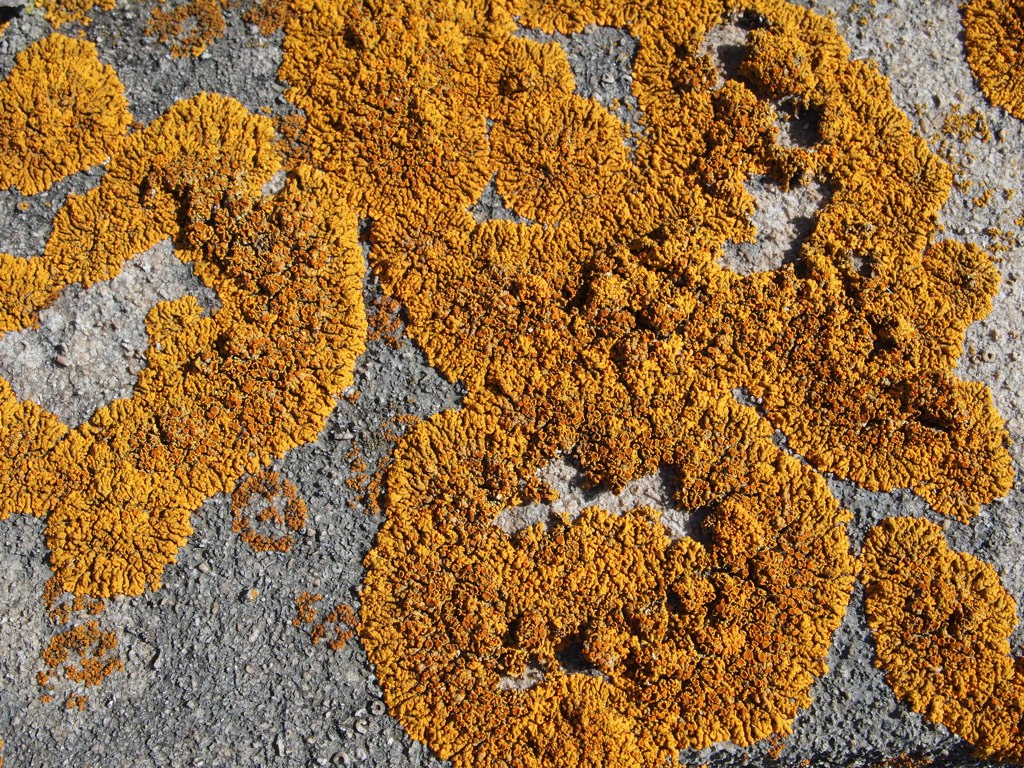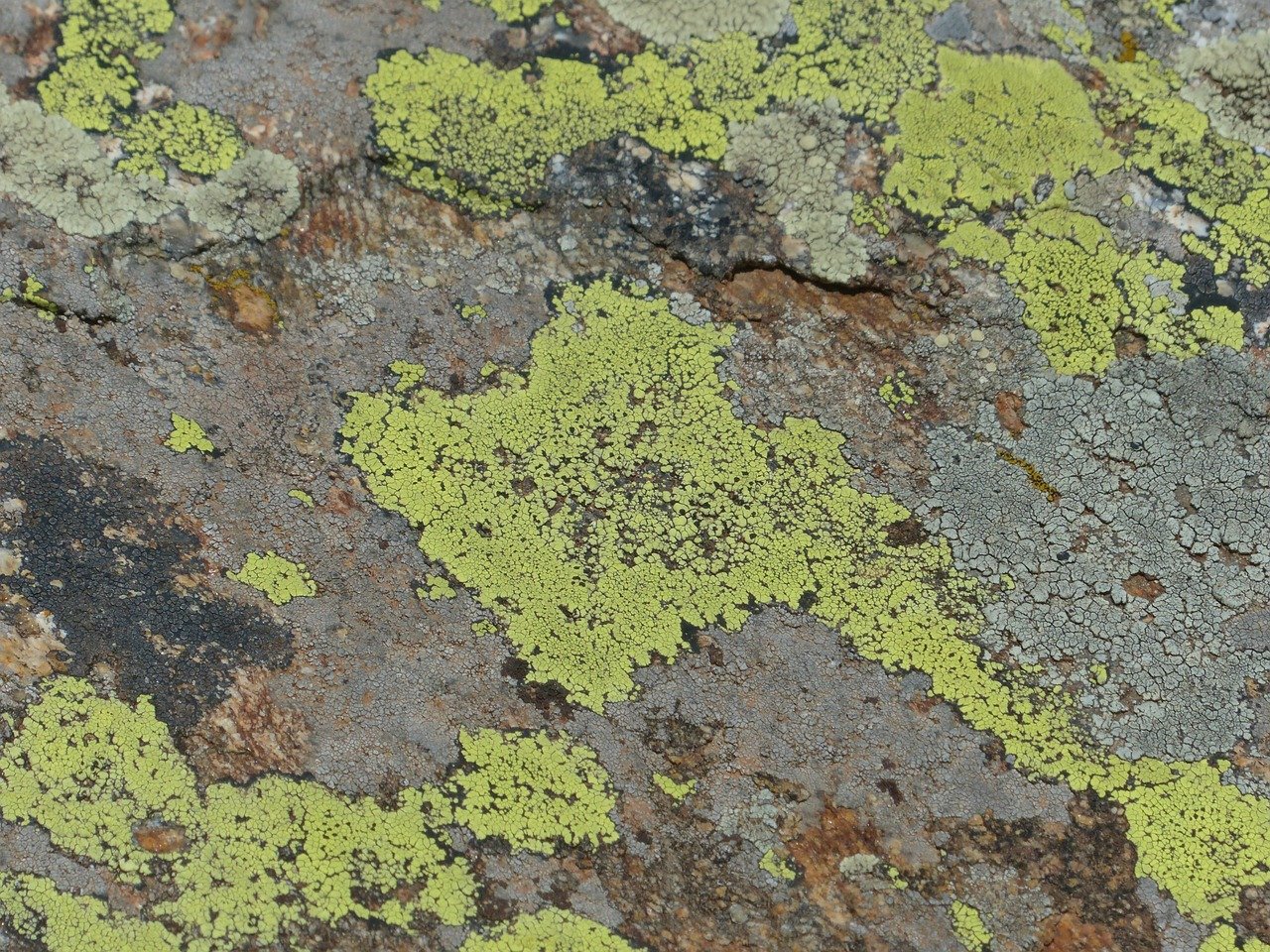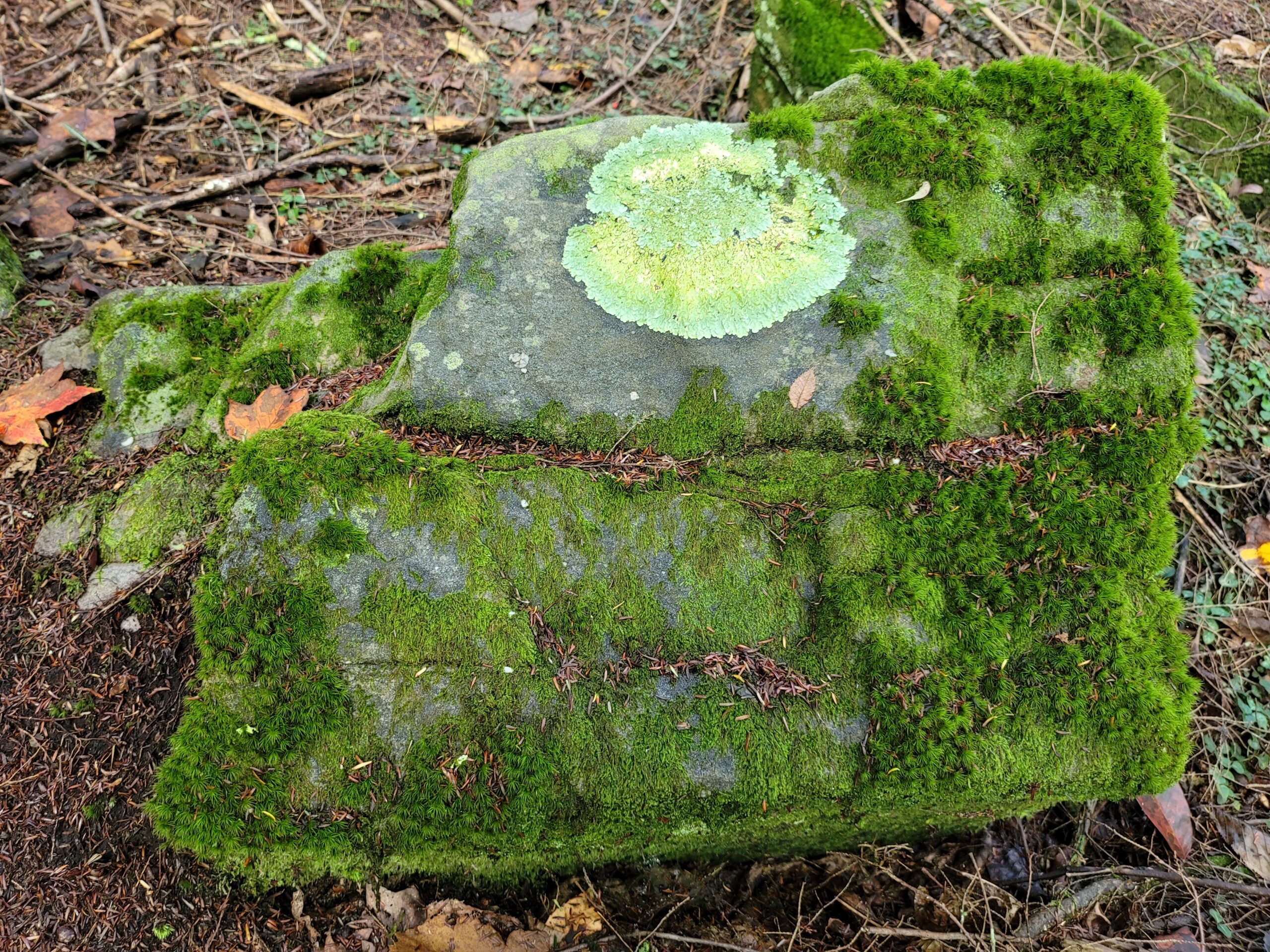
Also, people assume theses similar species must be plants since they do not look or behave like animals. However, there are other classifications of living things in addition to plants and animals, and only one of these similar species (moss, algae, fungi and lichens) is classified as a true plant.
| Mosses | Algae | Mushrooms (fungi) | Lichens | |
| Comparison Chart for All Four Similar Groups | ||||
|
||||
| Mushroom Life Cycle: | |
Mushrooms reproduce by spores.
Visit Learn how to make a mushroom spore print and use the Making a Mushroom Spore Print Lesson Plan from Science Learning Hub (PDF) to make your own spore print! Practice collecting data based on your spore print using the Spore Print Card Template from the Mycological Society of Toronto |
Adobe Stock
Click on image to enlarge it |
| Ecological Benefits: |
Turkey Tail Mushroom
flickr – Bernard Spragg. NZ Click on image to enlarge it |
| Mushrooms are an essential link in the food web because they function as decomposers. They are important because they break down nonliving organisms and release nutrients back into the ecosystem. |
| "When Freddy Fungus met Alice Algae, they took a lichen to each other. Freddy built their house and Alice cooked their meals. Although their relationship is on the rocks, they have decided to stick together." The Strangely Popular Lichen Song |
| Identification: | |
| Different lichens have some variation in shape but generally grow in either a 2-dimensional crust like pattern or in a 3-dimensional tuft like structure.
The portion of the lichen that is visible is called the thallus. There are several types of thalli, each having their own name and identifying characteristic.
The fungi and algae or cyanobacterium are arranged in layers.
Each lichen has a structure beneath the inner layer that allows it to attach to a surface. |
|
| Habitat Requirements: | |
| Lichens can grow in nearly all terrestrial (land) environments. The close relationship between the fungi and algae allows both types of organisms to live in a more broad range of environments than they would be able to live as an individual species.
Lichens are dependent on fresh air and water vapor, so they tend to grow in areas that are foggy or have a more humid environment. If they dry out, they become brittle, turn a drab gray color, and become dormant. When there is enough moisture in the air, they can perform photosynthesis and appear more vibrant in color due to the algae or cyanobacteria. Lichens can be found on or inside rocks, on or inside tree bark, and on woody surfaces. They can also grow on the soil, on mosses, on leaves, on on other lichens. They can even grow on manmade materials such as concrete, metal, glass, and plastic. |
|
| Lichen Life Cycle: | |
| The fungus portion of the lichen produces fruiting bodies that release spores (a special type of reproductive cell that can develop into a new individual). When a spore lands in a favorable habitat, a new fungus is produced. The fungus that grows from the spore must find a new algae partner, or it will not survive because the algae portion of a lichen does not reproduce.
Alternatively, if the fungus reproduces asexually (not needing another individual with which to combine genetic material), the thallus portion of the lichen will fragment, transferring both the fungus and alga or cyanobacterium with it to the new individual. |
|
| Ecological Benefits: | |
| Lichens play an important role in the biological weathering of rocks in an ecosystem. Because they live on the surfaces of rocks and produce chemicals, they begin breaking down the rock, releasing minerals. This is an essential step in producing primitive soil.
Because lichens absorb water vapor through the air, they require fresh air. If there are pollutants in the environment, they will absorb those as well. Lichens can be used as an indicator of pollution for materials like metal, carbon, and sulfur. |
Lichen on Rocks
pixabay – Hans Click on image to enlarge it |
| Lichens are used as a food source and nesting materials by a variety of animals. Mammals like deer, squirrels, chipmunks, mice, and bats eat lichen and use beard lichen for nesting materials. Invertebrates like katydids, grasshoppers, butterflies, spiders, and beetles also feed on lichens. These animals are also known to live on lichens or use lichens to help camouflage (blend in with the surrounding environment) themselves from other animals. | |
|
| Comparison Chart |
| Moss | Algae | Mushrooms | Lichens | |
| Classification (Kingdom) |
Plant Kingdom Plantae |
Protist Kingdom Protista |
Fungus Kingdom Fungi |
Fungus and alga or cyanobacteria Kingdom Fungi Kingdom Protista Kingdom Monera |
| Identification | Form clumps or mats, often green in color, usually in damp and shady areas | Form greenish brown, or greenish blue clumps in still or slow moving waters | Stem with a disc-shaped cap on top; Range in colors including brown, black, white, cream, pink, yellow, red, and purple | Show some variation in shape but generally grow in either a 2-dimensional crust like pattern or in a 3-dimensional tuft like structure |
| Habitat | Require moisture, usually found in shady habitats | Aquatic habitats like ponds, lakes and oceans | Dark and damp terrestrial (land) habitats | Terrestrial (land) habitats with clean, fresh air |
| Life Cycle/ Reproduction |
Reproduces by fragmentation or spores | Reproduces by fragmentation, spores, or fusing of cells from two separate individuals | Reproduces by spores |
Fungus portion of the lichen reproduces by spores; The structure containing the fungus and alga or cyanobacterium can fragment into new individuals |
| Ecological Benefits |
Break down exposed surfaces; Control soil erosion |
Produces large amounts of oxygen; Base of the food web in aquatic environments |
Decomposers: break down dead organisms and release nutrients back into the system |
Biological weathering; Indicator of air pollution |
INFORMATION SOURCES
 
|
 |
|
|
|
 |
|
 |
 |
|
 |
 |
|
 |
||

